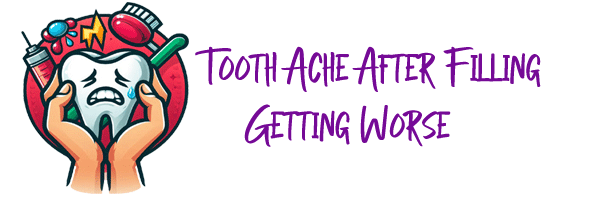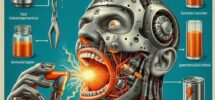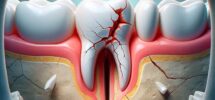Picture your tooth as a cozy, self-contained home. Inside, in the warmest room, lives the pulp — a soft bundle of nerves and blood vessels. It’s the heart of the house, quietly powering everything. Usually, it’s a peaceful resident. But sometimes, trouble knocks on the door. A small cavity sneaks in, or perhaps a well-intended filling stirs things up. At first, the pulp grumbles. This stage — reversible pulpitis — is like a grumpy roommate who cools down after a cup of tea.
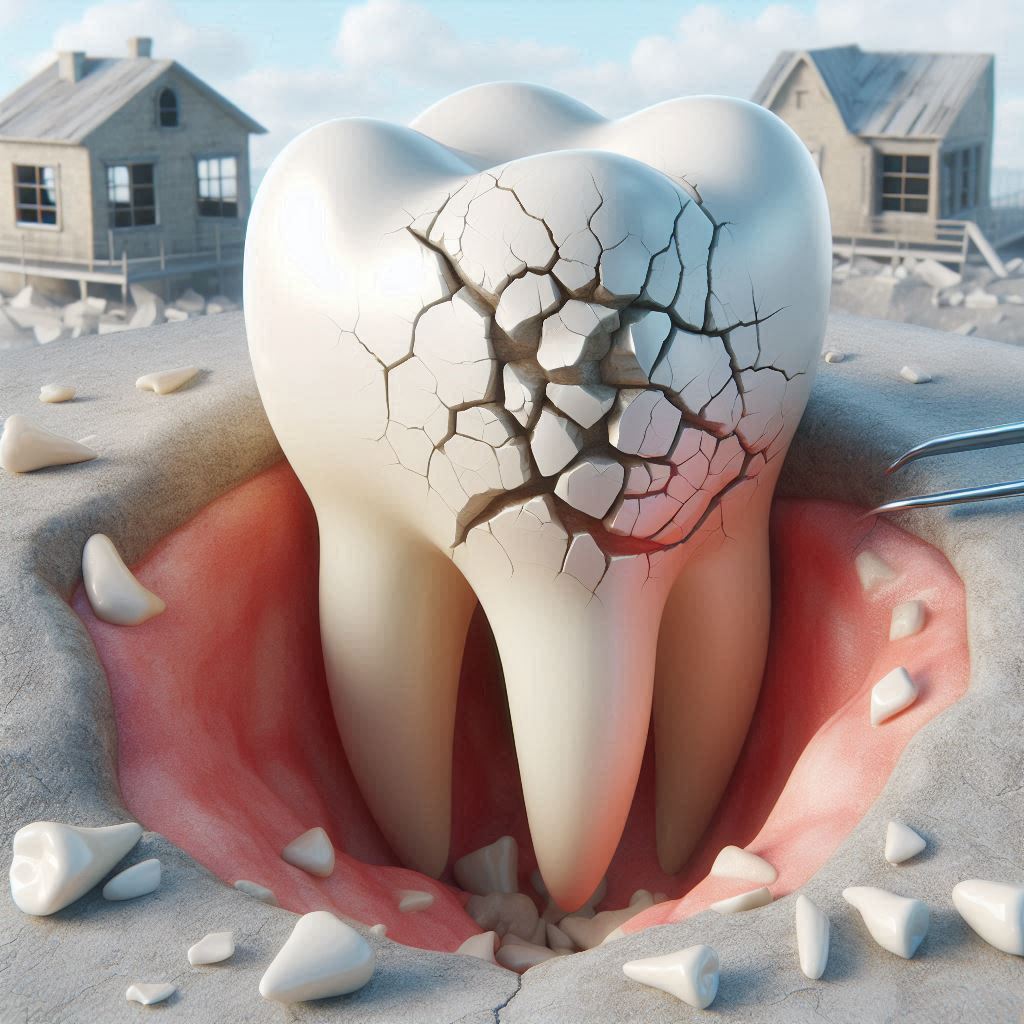
But what happens when the intruder stays too long, or the disturbance goes too deep?
That’s when reversible turns to irreversible pulpitis. And it’s not just a grumble anymore — it’s a full-blown outcry. The pulp is now inflamed beyond recovery. It’s no longer just asking for peace; it’s screaming for help.
This is often the hidden story behind a distressing dental experience: tooth ache after filling getting worse.
You might have had a filling done recently. Initially, there was hope — the decay was removed, the tooth sealed, and things felt normal. But days passed, and that mild sensitivity didn’t fade. Instead, it grew bolder.Nights became restless. Lying down made the pain worse. No cold water or painkiller seemed strong enough. That’s not just sensitivity — that’s your pulp waving the white flag.
In irreversible pulpitis, the inflammation inside your tooth has reached the point of no return. The nerves are suffocating. It’s like a fire in a locked room — heat builds up with no way to escape. That’s why the pain becomes severe, throbbing, and persistent.
So why does this often follow a filling? Why is tooth ache after filling getting worse such a common complaint?
Let’s dig deeper:
- Proximity to the nerve: Sometimes, the cavity was too close to the pulp, and despite the dentist’s best efforts, the filling ends up irritating the already vulnerable nerve.
- Pulpal trauma: The drilling and vibrations during the procedure, while necessary, may traumatize the pulp — especially in already compromised teeth.
- Time delay: The damage may have already been in motion before the filling, and the procedure simply awakened a dormant problem.
Here’s what’s important: irreversible pulpitis doesn’t get better on its own. Unlike its reversible sibling, this condition doesn’t just “calm down.” It progresses. Sometimes, the intense pain might suddenly go quiet — but that’s not a good sign. It could mean the nerve has died, and now infection is spreading silently.
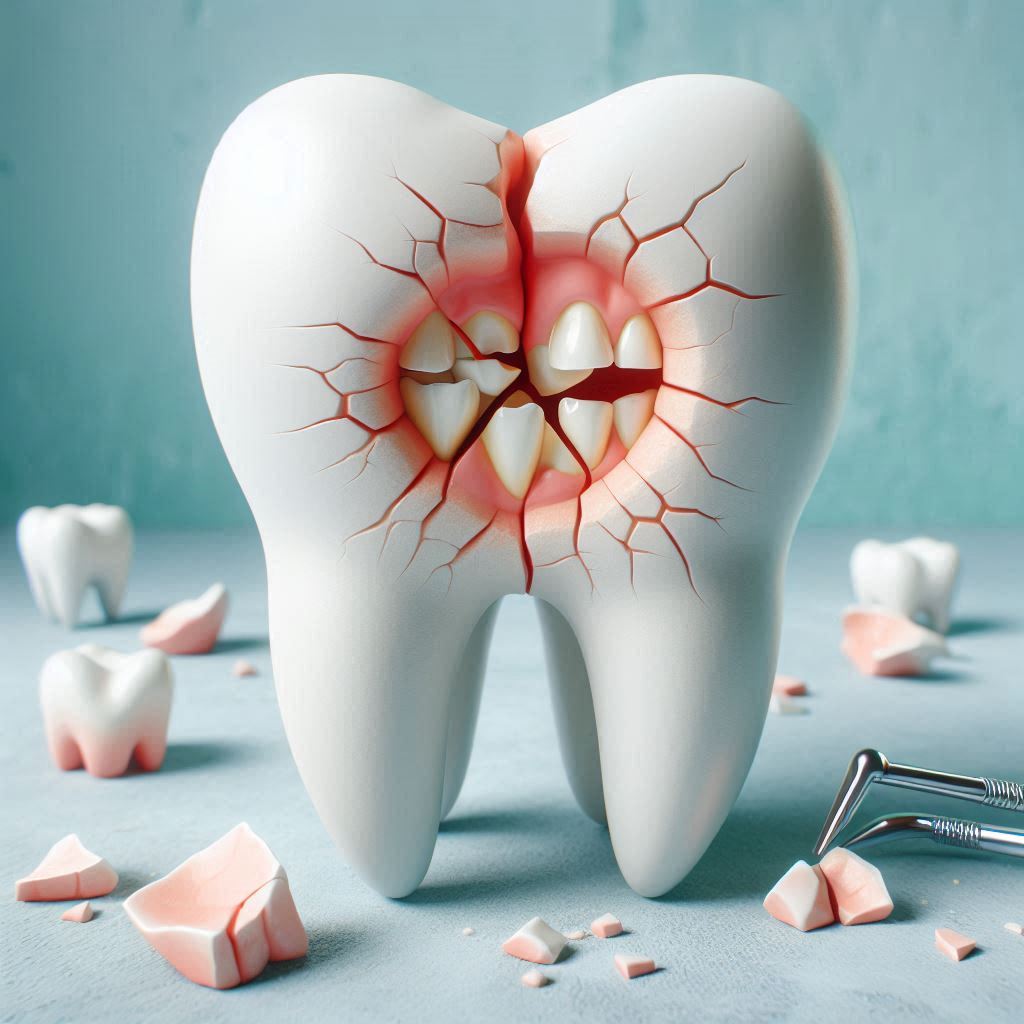
The solution? Root canal therapy. It’s the dental equivalent of a rescue mission. In some cases, if the damage is too extensive, the tooth might need to be removed altogether — but root canals often save the day.
So if you’re facing a tooth ache after filling getting worse, don’t ignore it. It might be your tooth’s cry for help before things escalate. Dentists are trained to distinguish between the fleeting complaints of a sensitive nerve and the desperate plea of a dying one.
Irreversible pulpitis is not just a toothache; it’s a red alarm. When your tooth ache after filling gets worse, especially with lingering pain at night or spontaneous throbbing, it’s time to act. Waiting only allows the problem to fester, turning discomfort into emergency.
Don’t wait for the pain to become unbearable. Listen to your tooth — it’s telling you something vital.
